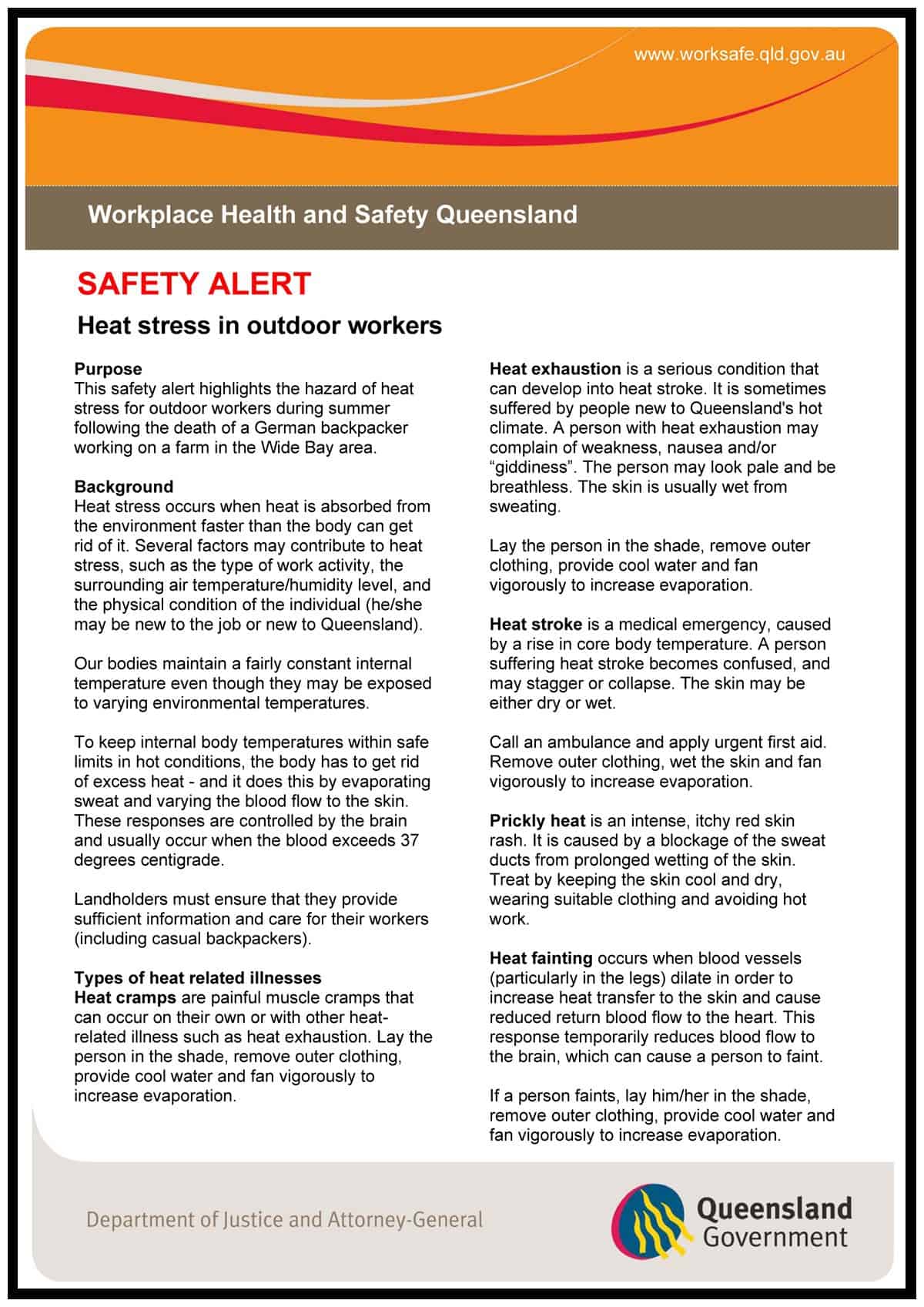Sitting for longer than four hours while watching television is likely to increase one’s risk of suffering a cardio-vascular disease (CVD), according to a new study reported in “Circulation: Journal of the American Heart Association” in January 2010.

The research was headed by Dr David Dunstan, Head of the Physical Activity Laboratory in the Division of Metabolism and Obesity at the Baker IDI Heart and Diabetes Institute in Australia. The study is Australian but can easily be transposed to other countries. (Several audio reports are now available online, one from NPR)
The significance for safety professionals comes not from the published report itself but the accompanying media release where Dr Dunstan speculates on the broader social issues behind his findings:
“What has happened is that a lot of the normal activities of daily living that involved standing up and moving the muscles in the body have been converted to sitting… Technological, social, and economic changes mean that people don’t move their muscles as much as they used to – consequently the levels of energy expenditure as people go about their lives continue to shrink. For many people, on a daily basis they simply shift from one chair to another – from the chair in the car to the chair in the office to the chair in front of the television.” Continue reading “Sit down, get to work, get sick”

